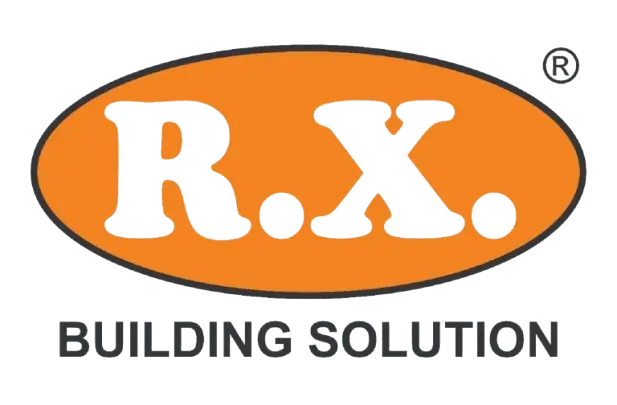Fiber Reinforced Plastic (FRP) manhole covers are redefining infrastructure solutions worldwide. Designed to replace traditional cast iron and concrete covers, FRP manhole cover offer exceptional durability, safety, and performance. Whether you’re a contractor, municipal planner, or property owner, understanding the features and benefits of FRP covers can help you make informed decisions. Here’s everything you need to know.
- What Are FRP Manhole Covers?
FRP manhole covers are made from composite materials that combine strong fibers, such as glass or carbon, with a polymer resin. This fusion creates a lightweight yet robust product capable of withstanding heavy loads and harsh environmental conditions.
- How Are FRP Covers Manufactured?
FRP covers are typically manufactured using advanced molding techniques such as compression molding or resin transfer molding. These processes ensure precision, consistency, and high performance in the final product.
- Key Features of FRP Manhole Covers
Corrosion Resistance: FRP covers are immune to rust and chemical damage, making them ideal for wet or industrial environments.
Lightweight Design: Weighing significantly less than traditional covers, FRP covers are easy to transport, install, and handle.
Non-Conductive: FRP covers reduce electrical hazards, ensuring safety in areas with electrical installations.
Customizability: Available in various sizes, colors, and load-bearing capacities to suit diverse needs.
- Advantages Over Traditional Manhole Covers
Durability: With a longer lifespan than cast iron or concrete covers, FRP covers reduce the need for frequent replacements.
Safety: Their non-slip surfaces and lightweight nature enhance safety for workers and pedestrians.
Cost-Effectiveness: While the initial cost may be higher, the reduced maintenance and theft risks result in lower long-term expenses.
Eco-Friendly: FRP production emits fewer greenhouse gases, and the material’s durability minimizes waste.
- Applications of FRP Manhole Covers
FRP covers are suitable for a wide range of settings, including:
Urban Infrastructure: Roads, pavements, and drainage systems.
Industrial Sites: Areas exposed to chemicals, heavy loads, or extreme conditions.
Residential Areas: Safe and durable solutions for pedestrian pathways.
Public Utilities: Protecting underground water, gas, and electrical systems.
- How to Choose the Right FRP Manhole Cover
When selecting an FRP manhole cover, consider the following:
Load-Bearing Capacity: Choose a cover that matches the expected traffic load.
Size and Shape: Ensure it fits the dimensions of the access point.
Environment: Consider the specific environmental challenges, such as exposure to chemicals or extreme weather.
Customization Needs: Decide if you require specific colors, logos, or anti-slip features.
- Maintenance Tips for FRP Manhole Covers
Although FRP covers require minimal upkeep, following these tips can maximize their lifespan:
Inspect for any signs of wear or damage, especially in high-traffic areas.
Ensure proper installation to prevent shifting or misalignment.
Conclusion
FRP manhole covers represent a significant leap forward in infrastructure solutions. Their unmatched durability, safety, and cost-effectiveness make them the ideal choice for modern projects. By investing in FRP covers, you’re not only enhancing the performance and safety of your infrastructure but also contributing to a more sustainable future.
